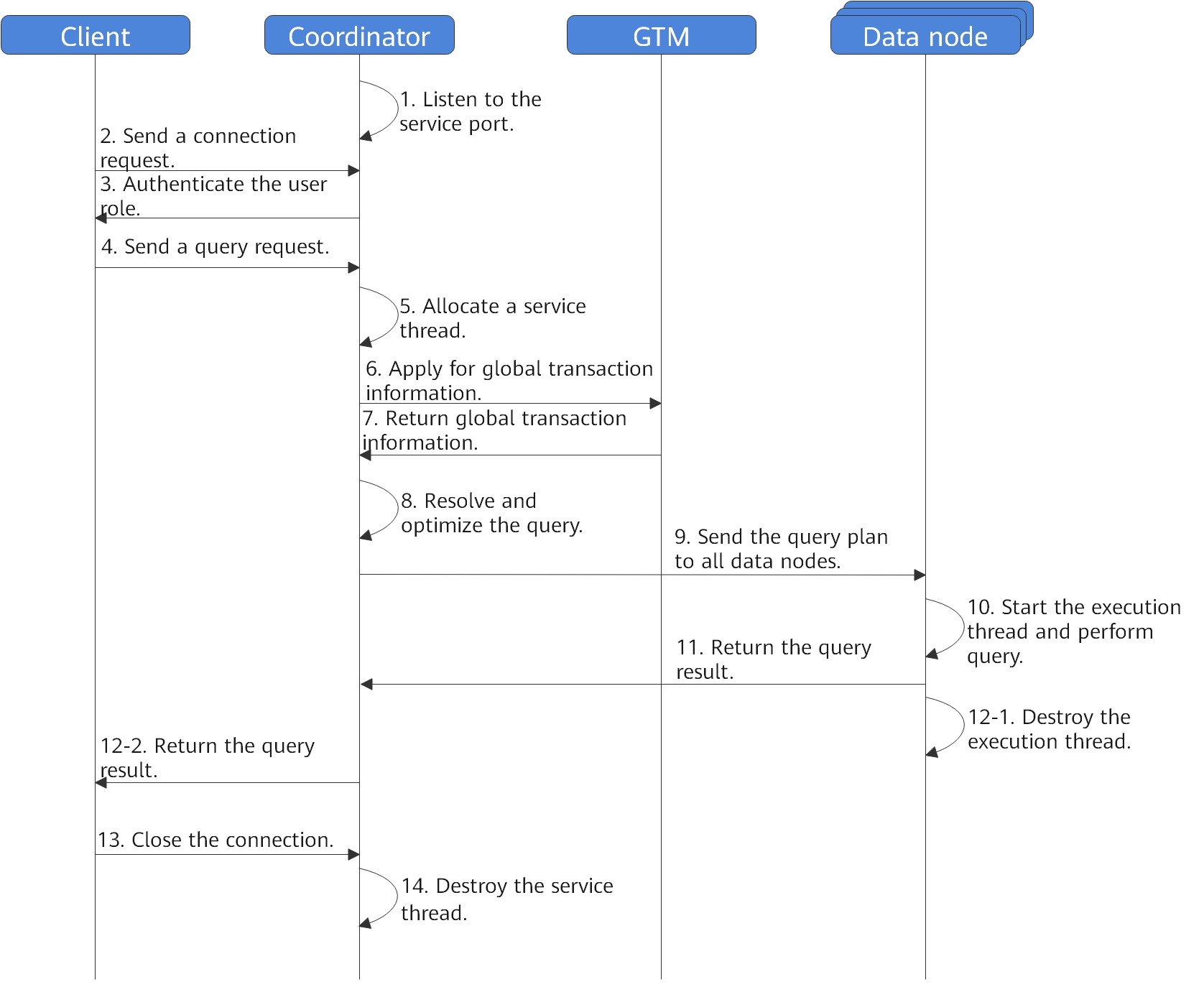Help Center/
GaussDB/
Developer Guide(Distributed_V2.0-8.x)/
Database System Overview/
Query Request Handling Process
Updated on 2025-05-29 GMT+08:00
Query Request Handling Process
Figure 1 GaussDB service response process


Parent topic: Database System Overview
Feedback
Was this page helpful?
Provide feedbackThank you very much for your feedback. We will continue working to improve the documentation.See the reply and handling status in My Cloud VOC.
The system is busy. Please try again later.
For any further questions, feel free to contact us through the chatbot.
Chatbot





